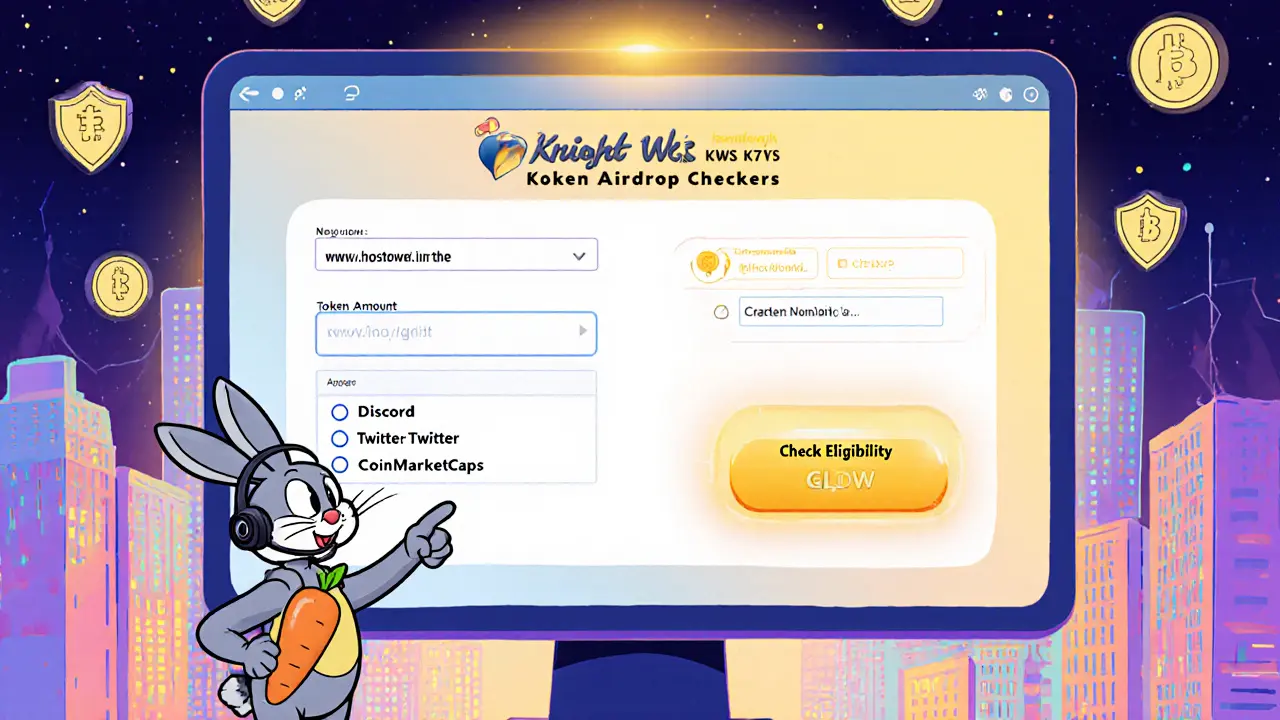NFT Weapons Staking: How It Works and What to Watch
When you hear NFT weapons staking, the practice of locking non‑fungible token weapons to earn rewards in blockchain games, you’re looking at a blend of NFTs, unique digital collectibles that can represent in‑game items and staking, the process of depositing tokens to support network functions and receive yields within the world of blockchain gaming, games that run on decentralized ledgers and let players truly own assets. This mix lets players earn passive income while keeping their gear usable in battles.
At its core, NFT weapons staking combines three ideas: a unique weapon (the NFT), a lock‑up period (the stake), and a reward stream (usually the native token of the game). The formula looks simple, but each component carries its own metrics. For example, the weapon’s rarity level often determines the annual percentage yield (APY). Higher rarity means higher APY, but it also means the NFT is harder to obtain and may be less liquid if you decide to sell.
Key Concepts to Master
Understanding the tokenomics behind a game is crucial. Most projects allocate a portion of their token supply to staking pools, then set distribution rules based on factors like weapon tier, stake duration, and total pool size. A common pattern is a diminishing return curve: the longer you stake, the lower the marginal reward, encouraging players to rotate weapons and keep the economy active. Knowing the exact formula helps you predict how much you’ll earn and when it makes sense to unstake.
Risk management is another pillar. Because the rewards are paid in the game’s native token, any price dip directly cuts your earnings. Moreover, smart‑contract bugs can lock your NFT forever. Always audit the contract address, check if the code is verified on explorers, and look for community audits. Some platforms also offer insurance or emergency withdraw options, which can be a safety net if the market crashes.
Strategically, many players diversify across multiple weapons and games. By spreading assets, you avoid putting all your yield potential in one token that could crash. Watching the reward schedule is also helpful – many games boost APY during promotional periods to attract liquidity. Jumping in during a boost and exiting before the rates normalize can maximize returns.
Community involvement adds another layer of value. Games often let stakers vote on treasury decisions, new weapon designs, or balance changes. Your stake can translate into governance power, meaning you help shape the future of the game while earning. This governance token is typically another asset you can stake elsewhere, creating a compounding effect.
Finally, keep an eye on the broader market. NFT weapons staking lives at the intersection of DeFi and gaming, so trends in either sector spill over. A surge in NFT trading volume can lift weapon prices, while a rise in DeFi yield farming can draw capital away from game pools. Balancing these forces helps you decide when to add more weapons, extend your lock‑up, or move to a different platform.
Below you’ll find a curated list of articles that dive deeper into each of these points – from tokenomics breakdowns to security audits and real‑world case studies. Use them to sharpen your strategy, avoid common pitfalls, and make the most of your NFT weapons staking journey.

